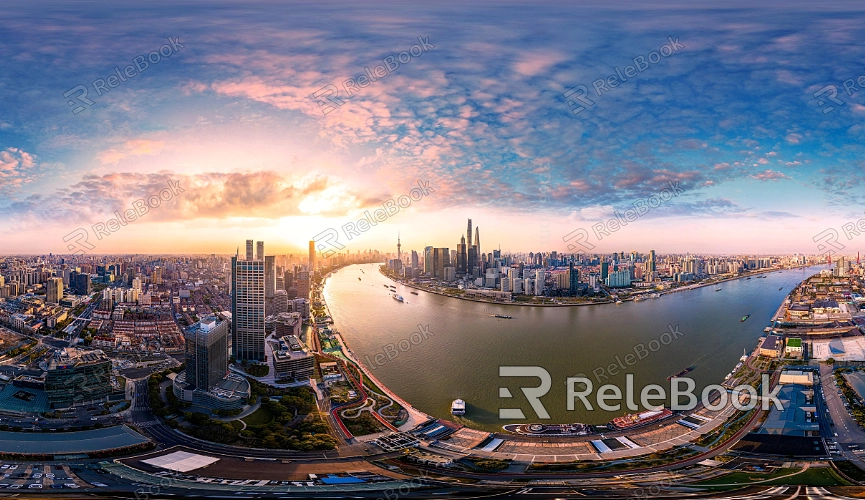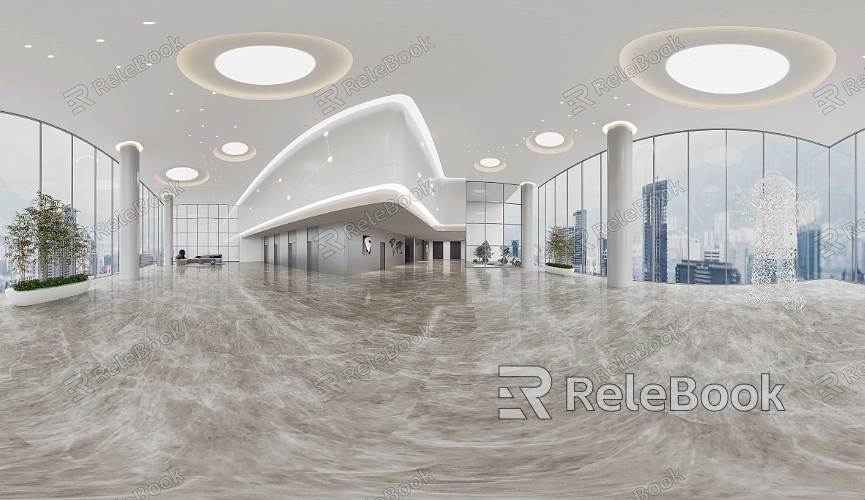What is HDR Color
In high-demand visualization, animation, and virtual reality projects, HDR color enhances the realism and vibrancy of images by expanding the range of colors and brightness, providing designers with greater creative freedom in virtual environments. This article will explore the definition of HDR color, its applications, how to use it in 3D software, and key considerations in the design process to help you gain a deeper understanding of this essential concept.

1. Definition and Characteristics of HDR Color
Definition: HDR color refers to the use of a broader range of brightness and color values in high dynamic range images, allowing for more nuanced transitions of light and shadow. This technology enables colors to display more detail from the darkest to the brightest points, enhancing the overall realism of the image.
Characteristics: Compared to traditional SDR (Standard Dynamic Range) images, HDR color can capture and display a wider range of brightness, making bright areas brighter and dark details clearer. This feature is particularly noticeable in high-contrast scenes, such as sunsets, nightscapes, or indoor-outdoor lighting situations.
2. Application Scenarios for HDR Color
Architectural Visualization: In architectural visualization, HDR color can more accurately present lighting effects at different times of the day, capturing subtle color changes from dawn to dusk, and adding a stronger sense of immersion to the architectural model.
Film and Game Production: In movie effects and game development, HDR color is widely used in scene rendering, especially in scenarios that require complex lighting and rich color representation, such as space scenes in sci-fi movies or magical worlds in fantasy games.
Product Design and Advertising: In product design and advertising, HDR color can enhance the visual impact of products by providing higher color fidelity and brightness contrast, making the product stand out in any environment.
3. Using HDR Color in 3D Software
Blender: In Blender, designers can work with HDR color through the node editor, adjusting tone mapping to accurately reflect the HDR color effect during rendering. Additionally, both Blender’s Eevee and Cycles render engines support HDR color, enabling the creation of realistic light and shadow effects.
3ds Max: Paired with the V-Ray renderer, 3ds Max can apply HDR color by using HDR images as environment maps. This approach ensures that the rendered scene exhibits more natural lighting and reflection effects while retaining rich color details.
Cinema 4D: In Cinema 4D, designers can use HDRI (High Dynamic Range Images) as environmental lighting sources and optimize HDR color performance through color correction tools. Cinema 4D also offers an intuitive interface, allowing designers to easily adjust tone mapping and gamma correction to achieve the desired HDR color effects.

4. Optimizing HDR Color Usage
Choosing the Right Tone Mapping: Tone mapping is the process of converting HDR color into SDR color that can be displayed on devices. Selecting the appropriate tone mapping method helps maintain the balance of color and brightness in the image, avoiding overly bright or dark areas.
Calibrating Your Monitor: To ensure accurate HDR color representation during the design process, it's recommended to use an HDR-supported monitor and properly calibrate it. This prevents color distortion issues caused by equipment limitations.
Using the Appropriate Color Space: When working with HDR color, choosing the right color space (such as Rec.2020 or DCI-P3) can better preserve color detail and range, especially during post-production and output.
5. Impact of HDR Color on the Design Process
Enhanced Realism: HDR color significantly improves the realism of 3D scenes, making light and shadow transitions and color gradients in virtual environments more natural. This is particularly important in architectural visualization and virtual reality projects, where the audience has high expectations for visual authenticity.
Increased Efficiency: Using HDR color can reduce post-production color grading time, as it provides a broader range of color and brightness information during rendering. Designers can achieve images closer to the final result in the rendering stage, minimizing the need for extensive post-adjustments.
Expanded Creative Expression: HDR color offers designers more creative freedom, allowing them to accurately capture and display complex lighting and color effects in both bright sunlight and dim indoor environments, enriching the layers of visual storytelling.
6. Future Trends
Real-Time HDR Rendering: With the advancement of hardware technology, real-time HDR rendering will become increasingly feasible, further improving the efficiency of 3D designers. Future 3D software will better support HDR color, allowing designers to more intuitively manipulate and preview HDR effects.
AI-Assisted Color Correction: Artificial intelligence will help designers handle HDR color more precisely, automatically optimizing color balance and brightness contrast, reducing the complexity of manual adjustments.
HDR color provides 3D modeling and rendering designers with a broader creative canvas, enabling them to render lighting and color in virtual scenes with greater realism. If you’re looking to access high-quality HDR resources, 3D models, or textures, Relebook is your go-to choice. With its extensive library and convenient search features, Relebook will help you navigate your design process with ease.

